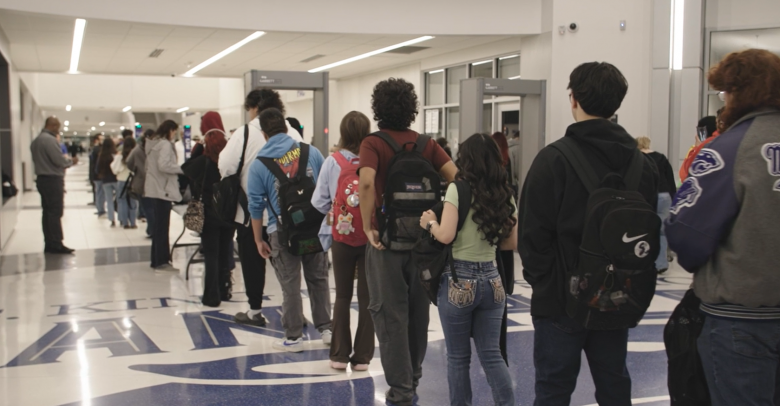A bubble wall murmurs steadily while hanging egg chairs provide a quiet space to listen or work. Ambient lighting choreographed with music allows a display of patterns on an otherwise dreary wall corridor. Essential oil of lavender is diffused at intervals to reduce anxiety. Sounds like a Multi-Sensory Environment (MSE) right? Well…not exactly!
The above examples are now found in hotels, busy airports and even medical and dental offices. It seems the business industry is catching on to these multi-sensory tools as part of universal design to help promote focus, calm and well-being.
We know that a good MSE tools can do all the above and more! Expanding experiential sensory learning, encouraging communication skills, providing leisure skill opportunities, and promoting improved focus are just a few of the potential benefits of a MSE.
4 Places to Incorporate Multi-Sensory Tools in Your School
As noted above, these sensory tools are not just confined to special needs anymore! Let’s look at 4 spaces where MSE components can be added as part of a good learning environment:
Shop All: Multi-Sensory Environment
Library/Media Center
Adding projector wheels for theming makes a great addition to story time sessions for all children. (Use with Snoezelen projector). Additional seating options like a fluff chair provide deep touch pressure and spatial boundary definition which may help promote calming and focus.
Makerspace:
Adding strategic MSE components like a bubble wall or a fiber optic cascade may be just what these these busy centers need to help support a innovative and creative ambience. Adding olfactory input with aromatherapy diffusion at intervals may help with alerting and/or calming for focus.
Dedicated MSE Room:
Having the option of a full room dedicated to sensory equipment is also a smart choice. A room provides multiple sensory components for a full interactive experience. Be sure to set intentions/goals for the room and instruct all educators on proper use and care. A sensory room can be an additional resource area like the above educational spaces where students with special needs can be paired alongside their typically developing peers for a shared learning experience.
Life Skills:
A portable calming sensory corner makes a sensible option in a life skills/prevocational training room for older students with intellectual disabilities for relaxation/leisure skills. Be sure to add comfy furniture like floor rockers or a swing.
More Multi-Sensory Tools & Environment Tips
With creativity and thoughtful planning, MSE’s can be a place where all children benefit. Incorporating these into a 21st Century Learning Environment is becoming part of good universal design. Visit the School Specialty online store for more information and suggestions.
Also be sure to visit the Special Needs topic page to find additional ideas and inspiration for helping students to learn and grow.
Read More: Multi-Sensory Environments – Creating a Feeling of Safety & Relaxation

Cecilia Cruse, MS, OTR/L has a BS degree in Occupational Therapy from the University of Florida, and her Master’s degree in Education from Georgia State University. She is SIPT certified and has over 25 years of experience in pediatrics with school-based services, acute care, and outpatient pediatric settings.






Leave a Reply